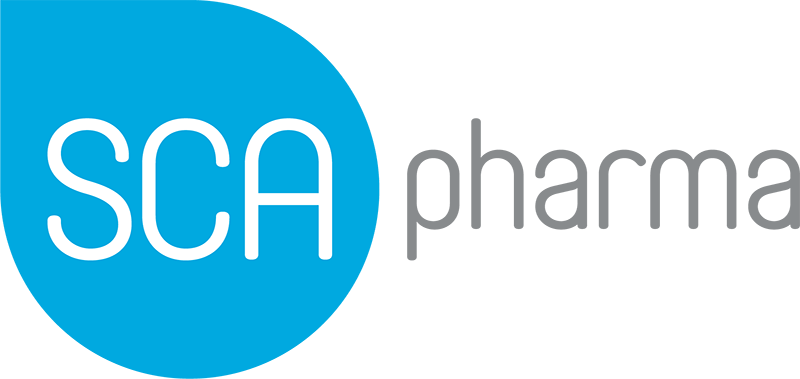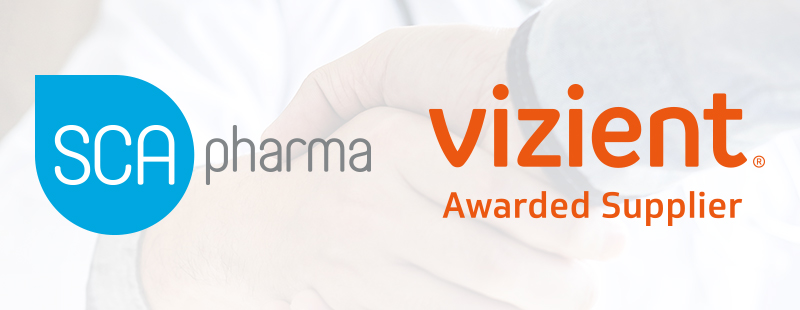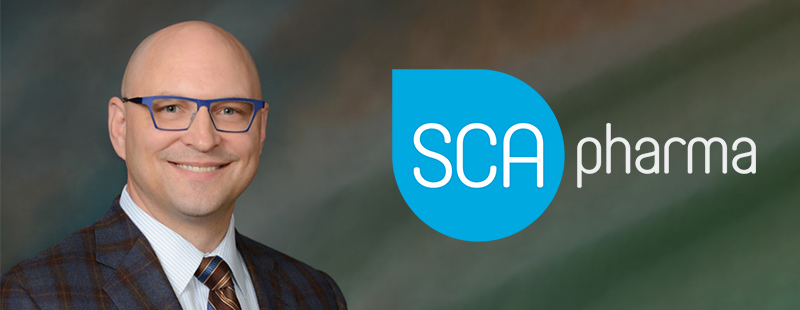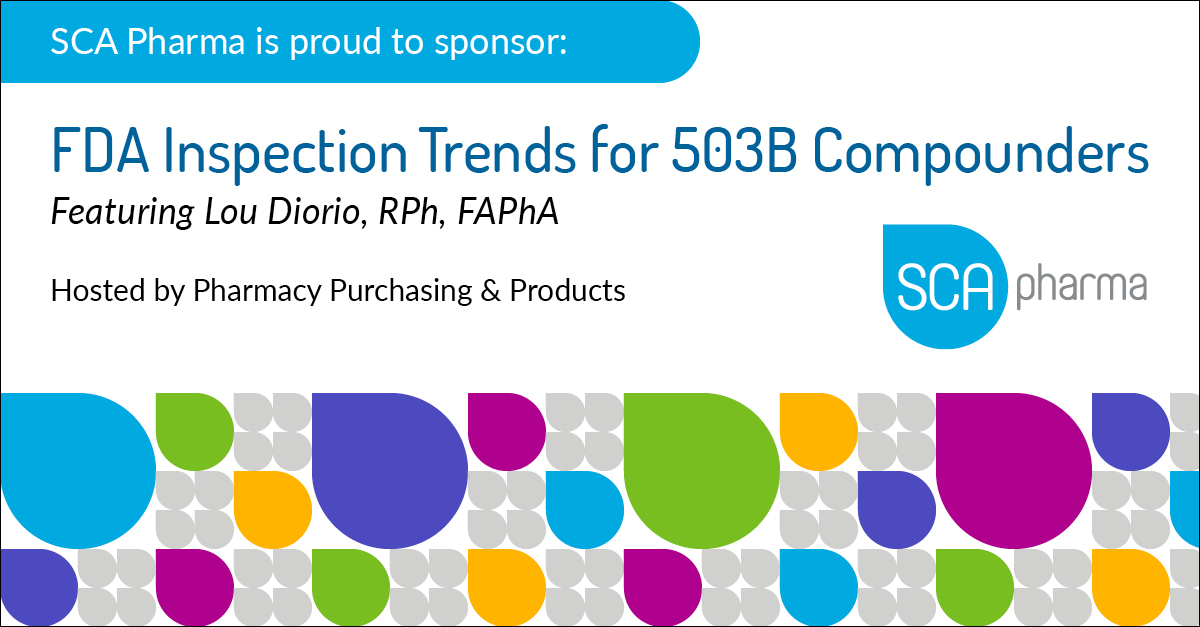Understanding Product Development in 503B Outsourcing Facilities
Product development in 503B outsourcing facilities involves a detailed, highly regulated process. Every compounded medication produced by facilities like SCA Pharma must be safe, compliant, and aligned with the needs of healthcare institutions. This blog dives deeper into the product development process, covering each phase from discovery to post-launch monitoring. The Product Development Process The development…
Details








